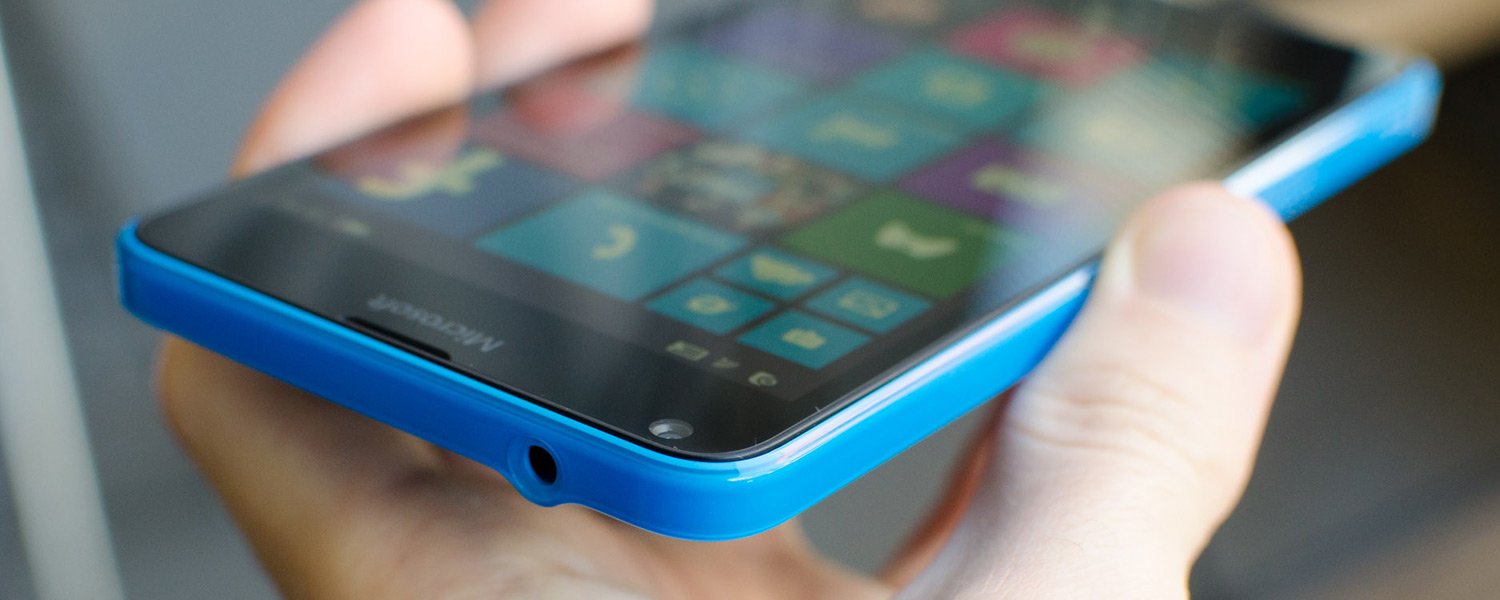Software & Battery Life
Not much has changed on the software side since the last time I used a Windows Phone. The Microsoft Lumia 640 is pre-loaded with Windows Phone 8.1 Update 2 and Lumia Denim out of the box, and although there have been some changes since Windows Phone 8.1 first launched, the OS is slipping further and further behind iOS and Android.

I still love the Windows Phone homescreen with its Live Tiles, and the general functionality of the OS is as good as any. Cortana also continues to impress with its excellent feature set and strong voice recognition. However as I mentioned earlier, lengthy animations make the OS feel slow to use, and some areas of the OS (such as the settings screen) are very messy.
Above all else, though, the main problem with Windows Phone continues to be applications. A number of key apps on Windows Phone, including crucial Microsoft-designed apps that come pre-loaded out of the box, are very poorly designed, either by including stupidly large headers, or through low information density. Many popular Android/iOS apps aren't available on Windows Phone, and when there is a version or alternative, it's almost always of lower quality.

It's hard to see the app problem resolving itself any time soon, although with Microsoft making a big push for universal apps in Windows 10, it could be worth revisiting the issue later this year.
Moving on to battery life, the Lumia 640 comes with a 9.5 Wh, 2,500 mAh removable battery that is reasonable in size for this sort of device. Let's take a look at the battery benchmarks:



As you can see, the Lumia 640 is an average performer in our two web browsing battery benchmarks. Due to the low energy requirements of the Snapdragon 400 SoC, the phone does quite well in GFXBench, however I would have liked to see this entry-level device last longer on Wi-Fi and LTE.
